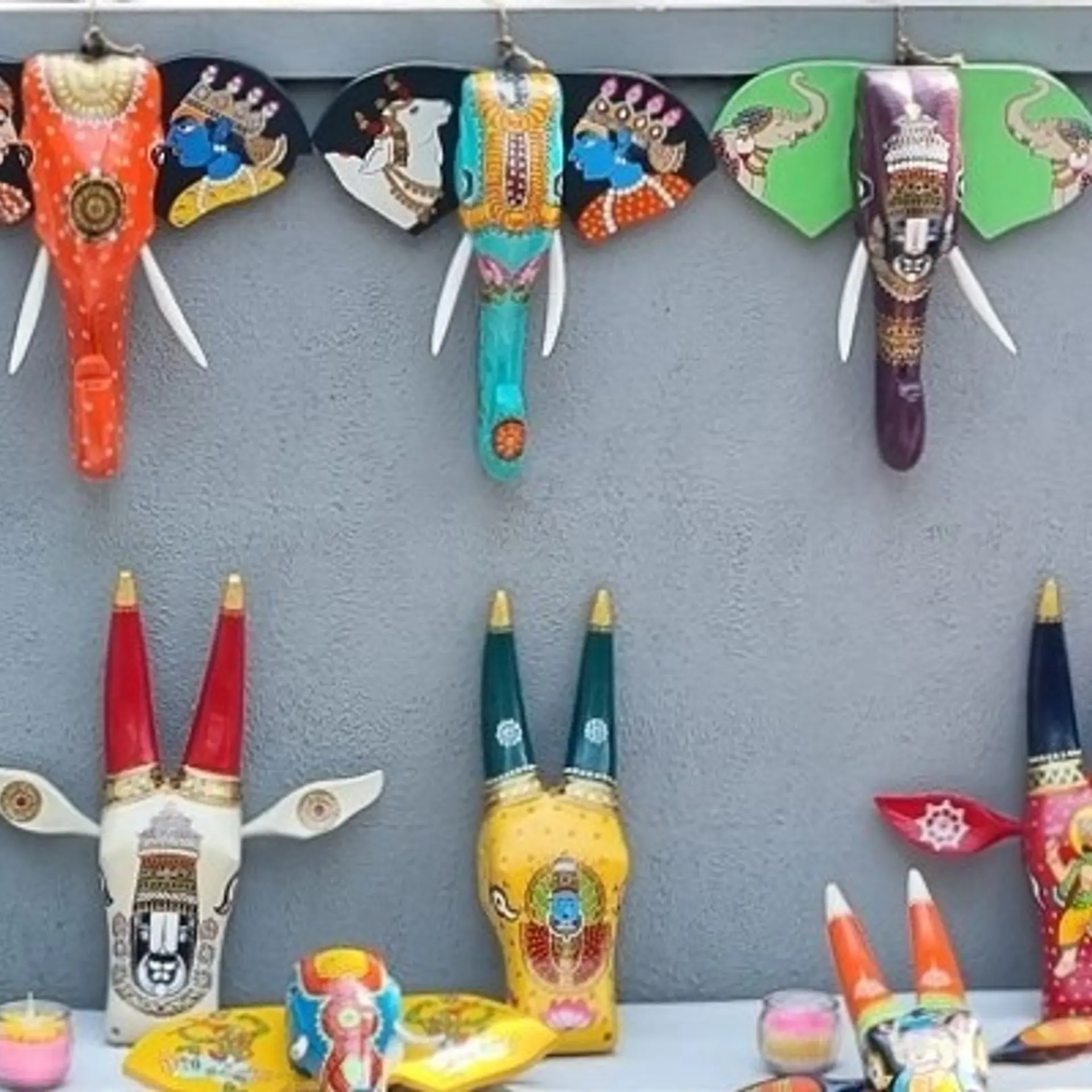Are marketing influencers getting more influential during COVID-19?
Amid this explosion in digital channels and platforms, social media has been a star performer with influencer marketing getting prodigious traction from brands and influencers’ standpoints alike.
The onslaught of COVID-19 and its financial implications has had brands scrambling to redistribute their budgetary allocations, revise ad spends, shuffle marketing mix, and recast promotional strategies in general.
With businesses making an all-round pivot to digital formats and channels in tandem with end-consumers’ increased stay-at-home habits thanks to the pandemic, the surge in digital uptake of content has been substantial in India. And amid this explosion in digital channels and platforms, social media has been a star performer with influencer marketing getting prodigious traction from brands and influencers’ standpoints alike.
However, as brands increasingly trim their marketing budgets, what does it spell for marketing influencers? In other words, has COVID-19 provided more leeway to influencers when they negotiate terms and conditions with brands?
Drop in ad spend across platforms
There is no doubt that there has been an across-the-media ad spend cut in the country last year. From cinema to audio to print to OOH to television, every one of these platforms has witnessed a decline. According to a GroupM report, while cinema underwent the steepest drop at 83 percent, it was 73 percent for outdoor, 49 percent for audio, 43 percent for print, and 14 percent for television.
Against these figures, it is important to note that digital registered a relatively modest 2 percent drop. At a time when production was low and supply chain networks were struggling to place products timely in the marketplace, cutting down on advertisement and promotional budgets was not out of order.
The rise of new-age influencers
During the ongoing pandemic, several new-age influencers who hitherto had relatively lower social profiles have made their presence felt in a resounding manner.
Galvanised by the public need for information and guidance on health, nutrition, food, fitness, diet, mental counselling and assistance, and even beauty, fashion and lifestyle etc, the new crop of influencers has witnessed a sudden leap in their profile and following during these last one and half years.
Unlike the traditional celebrity endorsement route wherein an established celebrity, typically film stars and sports heroes become the face of a diverse set of products and services and promote them on different platforms nearly indiscriminately, influencers mostly certify a niche product/service segment stemming from their own well-recognised experience and expertise on a given subject while commanding a highly dedicated set of audience, typically lower in numbers than a celebrity (although not always).
In a highly cluttered marketplace dotted with ceaseless advertisements and promotions, especially when celebrity endorsements have increasingly become more suspect for their lack of authenticity and genuineness, influencers are filling in that gap and helping a product or service stand out for brands.
Although these online influencers may not be so famous in offline settings, their enormous online following can determine the difference between a successful and a not-so-successful product in a digital or even offline marketplace.
This especially applies in a COVID-19-driven financially-strained business environment. A few thousand influencers have been able to connect a brand with millions of consumers in no time.
According to a study, 78 percent of marketing leaders employed influencer marketing in 2020, with around 13 percent of them taking to influencer activity for the first time last year. In another estimate, there was a four to five times rise in influencer marketing during COVID-19 until last year, with particularly impressive action during the festivities.
Attuning to the new environment
Needless to say, influencers have come up with their own strategies and tool kits to navigate through the tough times. Given the differences within the influencer community in terms of the number of followers and their standing with respect to a particular category of product or service, a macro influencer is more likely to call the shots in their negotiations with a brand than say, a nano influencer. However, this doesn’t hold in all cases.
It is possible that a brand would rather connect with a nano influencer with a higher engagement rate than a macro influencer with low activity and engagement. This would also be contingent on the exigent needs in terms of time and context from a brand’s perspective when it would have to accommodate an influencer more than usual.
For their part, driven by COVID-19-induced mobility restrictions and faced with cancellation of sponsored travel and event-based programmes, apart from displaying flexibility during negotiations, they have adjusted their sails by creating ad content from home instead of depending on outdoor commercial shoots.
In fact, weighed down by decreasing revenue streams, influencers in India were also reported to have monetised from COVID-19-related queries raised by ordinary people by sharing the latter’s requests with their numerous followers and in turn getting ‘sponsored’ and paid by companies based on their posts and number of followers..
Taking the Performance Marketing route
As marketing technologies evolve, powered by AI and big data, brands have no longer been content with clicks, impressions and visits, but expect their influencers to catalyse conversion in the forms of actual leads and sales.
In other words, brands would expect data-driven concrete and measurable ROI when negotiating with influencers. Unlike in the past when mere counts of followers mattered, brands would insist on a weighted average of the number of followers and the influencer’s engagement rate on a given platform. In addition, they have increasingly become more wary of fake followers and ad frauds.
In sum, even as there has been a profusion of influencer posts and equally remarkable impression counts during the Covid period, the ad fees would have largely come down for the influencer community.
However, the lasting effects in terms of online shopping behavior, social media usage and the ever-rising popularity of OTT platforms would ensure that influencers would regain their mojo. Remember in the early phases of Covid, brands were spending about 50 percent of digital marketing budgets on influencers. This is only poised to grow even more.
Edited by Kanishk Singh
(Disclaimer: The views and opinions expressed in this article are those of the author and do not necessarily reflect the views of YourStory.)









